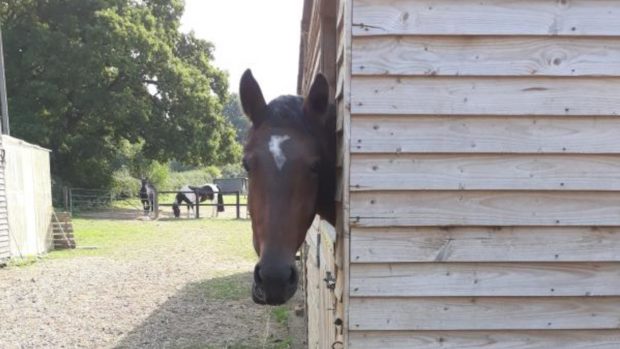Designing new stables is an exciting prospect offering the chance to create your yard exactly how you want it to be. But with so many aspects of horse stables design to consider, and the potential for hefty price tags, it can be overwhelming to know where to start. We spoke to the experts to get their advice…
Prioritise your horse
Keith Warth, author of Stables and other Equestrian Buildings, believes buildings should be constructed around the horse: “Cost is obviously a priority, but make sure that you’re not compromising on safety or your horse’s comfort”.
Try before you buy
Keith advises buyers to visit as many yards as possible to gain an idea of good and bad points of certain constructions.
“Try and look at stables which have been in use for at least five years, as this will give you some idea of wear and tear,” says Keith. “Ideally, the joins shouldn’t have gaps and the overall look should be substantial. And ideally, you want cross ventilation so that fresh air is available at all times.”
Herd instincts
“Bear in mind that horses love to be within sight of each other. However, if you are going to install bars between stables, don’t have them next to mangers as horses don’t like being disturbed while they’re eating,” says Keith.
Some stables are built with lower height partitions allowing horses to have physical contact with each other even while stabled.
The British Horse Society’s advice on stabling also emphasises the importance of social behaviour in stable design.
Size matters
Although all horses will need enough to space to move around and lay down, minimum requirements on things like stable size, can vary by nation, so check your Nation’s Code of Practice.
Horse stables design features
Design features worthy of consideration before you start planning include:
- A pitched roof allows for more head room and also drains well.
- For external boxes, the roof should overhang the front by about three feet. This will keep the horse dry and provide shade.
- Steer clear of roofing felt. Felt is not fire proof, and in summer will trap heat inside the box.
- Each loose box should have an opening window protected by a grill or mesh.
- Windows on the wall opposite the door help improve the light and also provide air flow.
- Consider where you want your stables to be. Do you have electricity and water supplies in one area already? Do you want them to be close to winter paddocks for dark mornings? Think about where would be most practical and accessible for construction.
You might also be interested in:

How to get planning permission for stables

Subscribe to Horse & Hound this spring for great savings
Horse & Hound magazine, out every Thursday, is packed with all the latest news and reports, as well as interviews, specials, nostalgia, vet and training advice. Find how you can enjoy the magazine delivered to your door every week, plus options to upgrade your subscription to access our online service that brings you breaking news and reports as well as other benefits.





